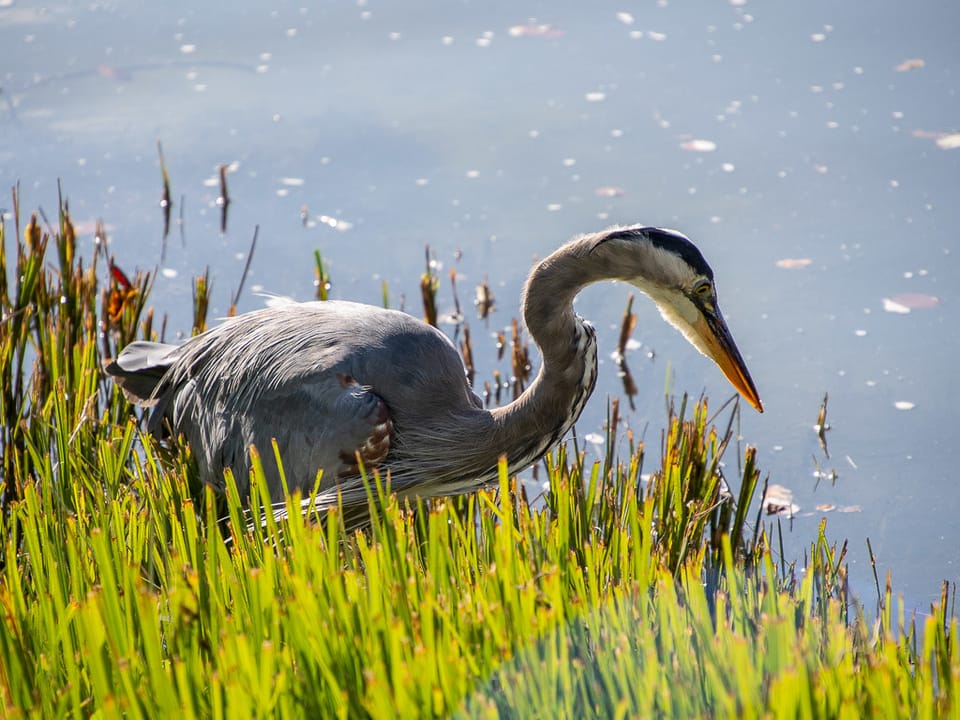World Wetlands Day 2023 – Highlighting Four of Western Canada’s Wetlands

We’re highlighting four of Western Canada’s wetlands in honour of World Wetlands Day:
Whitewater Lake in southwest Manitoba fluctuates between very large and bone-dry. A quarter of a million birds rely on the lake which is an important breeding site and staging area for migratory birds.
Chaplin Lake in southern Saskatchewan is Canada’s second largest saline lake. It’s part of the Chaplin/Old Wives/Reed Lakes area, one of the most important inland sites for migratory birds in North America, including over half the world’s population of sanderlings. Chaplin Lake’s freshwater basins are used for bathing and drinking while the saltwater basins are used for feeding.
Alberta’s Beaver Hills/Cooking Lake Moraine is a transitional area between aspen parkland and boreal forest. Depressions in the moraine support wetlands, small lakes, and streams. It’s home to birds, mammals, reptiles, and amphibians as well as colonial nesting sites for pelicans and herons, and a wide range of rare plants. It is part of the Beaver Hills Biosphere Reserve.
Sheltered water and rich nutrients make the Tofino Mudflats, on the inner side of the Tofino peninsula on Vancouver Island, home to a diverse wildlife population from wolves and bears to otters, eagles, and kingfishers. The mudflats are a mix of deep mud, channels, rocky beaches, and marshes.
Further Information
Wetlands [Canadian Wildlife Federation]
Alberta Wetlands Discovery Field Guide [Alberta Biodiversity Monitoring Institute]
Canada’s Prairie Pothole Region [Sierra Club]
Photo credit: https://www.flickr.com/photos/apmckinlay/48401379832
EcoFriendly West informs and encourages initiatives that support Western Canada’s natural environment through its online publication and the Nature Companion website/app. Like us on Facebook, follow us on Twitter, or subscribe by email.

Member discussion